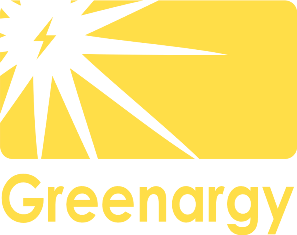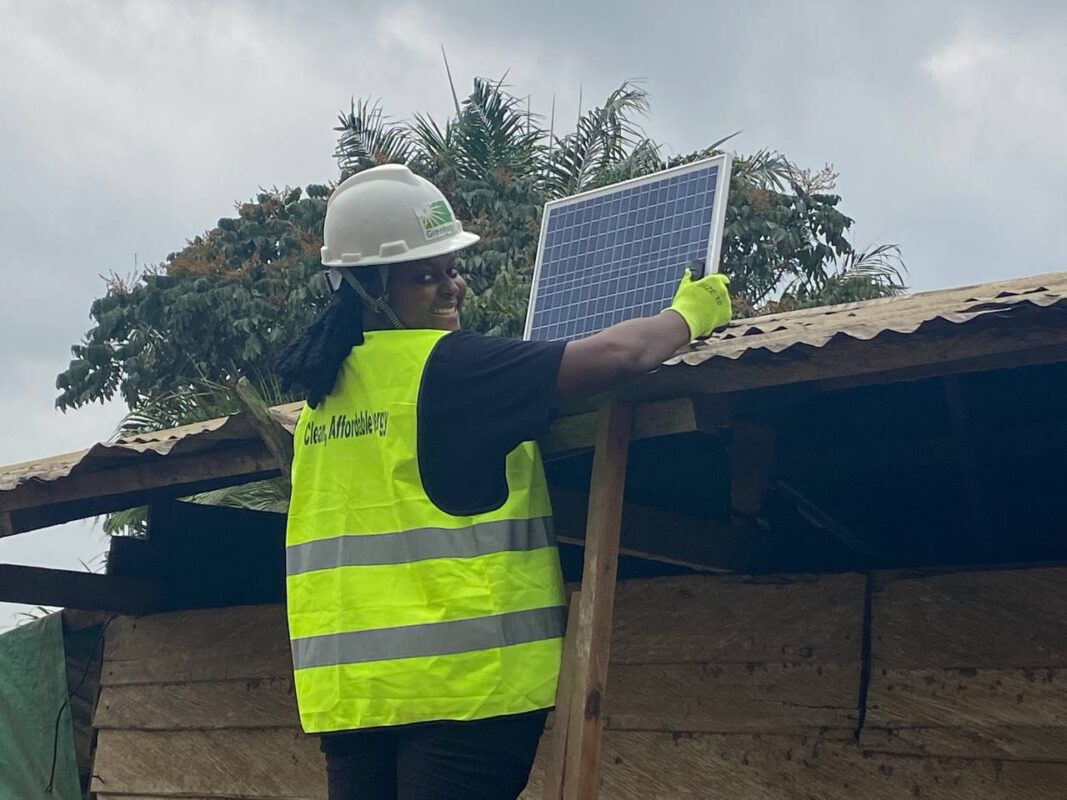Clean Affordable Energy, Clean Energy Transition
Tackling Energy Poverty Through Distribution Of High Quality, Affordable And Clean Energy Products And Services
Tackling Energy Poverty Through Distribution Of High Quality, Affordable And Clean Energy Products And Services in Cameroon
Energy poverty remains one of the most persistent challenges facing Cameroon, especially in rural communities where access to modern, reliable, and affordable energy services is limited. Closing this gap by scaling distribution of high quality, affordable, and clean energy products and services is paramount to boosting the nation’s socio-economic development and achieving sustainable living standards. This article explores the current state of energy poverty in Cameroon and highlights the urgent need to expand clean energy access, particularly in underserved rural areas.
Understanding Energy Poverty in Cameroon
Energy poverty in Cameroon is a complex, multi-dimensional issue characterized by households lacking access to reliable, sufficient modern energy resources for lighting, cooking, and other basic needs. According to recent assessments, over 78% of rural households experience energy poverty, largely relying on traditional and polluting fuels like kerosene and firewood due to the unavailability or unaffordability of modern energy solutions. Urban areas fare somewhat better, but a significant percentage of the population still faces challenges related to unreliable power.
This energy deficit not only increases household expenses but also impacts health, education, and productivity. Respiratory illnesses linked to indoor smoke from traditional cooking fuels and limited lighting reduce labor capacity and quality of life. Bridging the energy access gap is a critical step toward achieving equitable development across all regions.
The Role of Affordable, High-Quality, and Clean Energy Products
Affordable and high-quality clean energy products have become a game-changer for many Cameroonians. Technologies such as solar panels, efficient batteries, and energy storage solutions are increasingly accessible due to competitive imports and supportive government policies. Chinese solar products, in particular, have been instrumental in transforming lives by providing reliable and sustainable energy at a cost accessible to a broad range of households, including those in rural sectors.
The government’s rural electrification programs and international partnerships complement these efforts by promoting cleaner, renewable energy solutions tailored to Cameroon’s unique context. These initiatives help fill the void left by a national grid that is often unstable or unavailable in remote regions.
Promoting Rural Electrification: The Key to Ending Energy Poverty
Rural Cameroon faces the brunt of energy poverty. Over 78% of rural households lack electricity access, which traps communities in cycles of poverty and underdevelopment. To tackle this, scaling up rural electrification is essential and must leverage both grid extensions and decentralized mini-grid systems.
The European Investment Bank (EIB), for instance, is financing a flagship project that aims to electrify 730 villages across underserved regions such as the Extreme-North, North, and Adamaoua, benefiting over 1.6 million people. This initiative blends grid expansion with mini-grid solutions, providing a tailored approach to different community needs.
Additionally, Cameroon’s Ministry of Water and Energy recently launched the PERACE project to boost rural electrification by 5% by mid-2025, focusing on hard-to-reach areas. This ambitious plan targets electrifying over 525 rural localities in regions like the Extreme-North, North-West, and East.
Impact of Distributed Clean Energy Services on Rural Communities
The distribution of modern, clean energy technologies enables numerous social and economic benefits in rural communities. Access to affordable solar home systems and mini-grids allows households to reduce reliance on harmful fuels, decrease energy costs, and improve health outcomes through cleaner cooking and lighting options.
Moreover, reliable energy access catalyzes local entrepreneurship and education. Students can study after dark with proper lighting, and small businesses can expand operations, creating jobs and uplifting local economies. This transition to clean energy fosters resilience against climate change impacts, aligning with Cameroon’s commitments to increase renewable energy in its power mix to 25% by 2035 as part of its Nationally Determined Contributions (NDCs) under the Paris Agreement.
Strategic Partnerships and Innovations Driving Progress
Cameroon’s push to overcome energy poverty is supported by international collaborations and innovative financing mechanisms. The United States Trade and Development Agency (USTDA) is backing solar-powered mini-grid projects with advanced battery storage technologies to connect over 100,000 rural households, with implementation led by Renewable Energy Innovators Cameroon (REIc) in partnership with American companies.
At the same time, corporations like MTN Cameroon are integrating solar power into their operational infrastructure to promote cleaner energy and reduce carbon emissions, setting an example for corporate responsibility and sustainable development.
The Urgent Call to Scale Up and Power More Rural Communities
Despite progress, a large portion of Cameroon’s rural population remains without access to adequate energy. Scaling energy distribution efforts needs to be a top priority to reduce social inequalities and leverage the full potential of Cameroon’s substantial renewable energy resources, including solar, hydro, wind, and biomass.
Government initiatives, international funding, and private sector investments must be intensified to rapidly expand the provision of affordable clean energy products and services. This expansion will bring transformations, including improved healthcare, education, economic growth, and environmental sustainability.
Why High Quality and Affordability Matter
The success of clean energy in combatting energy poverty depends heavily on the quality and affordability of products. Substandard solar equipment leads to frequent breakdowns and loss of trust, while expensive solutions exclude the most vulnerable households. Greenargy’s focus on offering high-quality, durable solar products at low cost ensures product reliability and maximizes community impact.
Affordability is often achieved through innovative financing options, market-based pricing, and leveraging economies of scale. Greenargy’s community market approach and partnership networks help lower costs and improve accessibility. Making solar energy a feasible alternative to traditional fuels.
The Social and Environmental Impact
Bringing clean energy products to rural Cameroon transforms lives. Electrification improves education by enabling children to study at night, enhances healthcare delivery, and fosters economic diversification through powered businesses. Women benefit from reduced workload and exposure to harmful smoke, promoting gender equality and empowerment.
Environmentally, replacing fossil fuels and biomass with solar power cuts carbon emissions and deforestation, contributing to climate action. This progress aligns with the United Nations Sustainable Development Goals. Notably SDG 7 (Affordable and Clean Energy), SDG 5 (Gender Equality), and SDG 13 (Climate Action).
Powering a Sustainable Future with Greenargy
Tackling energy poverty through the distribution of high-quality, affordable, and clean energy products and services is not just an environmental imperative but a social and economic necessity. Companies like Greenargy in Cameroon are leading the way by innovatively bridging the energy gap in rural communities with solar solutions.
To realize Cameroon’s energy goals and uplift millions living without reliable electricity, there must be a concerted effort to scale initiatives like Greenargy’s expanding product availability, strengthening distribution networks, supporting community engagement, and fostering partnerships. Through such holistic efforts, it is possible to bring sustainable and affordable clean energy access to all, empowering rural households for a brighter, healthier, and more prosperous future. Get in touch

